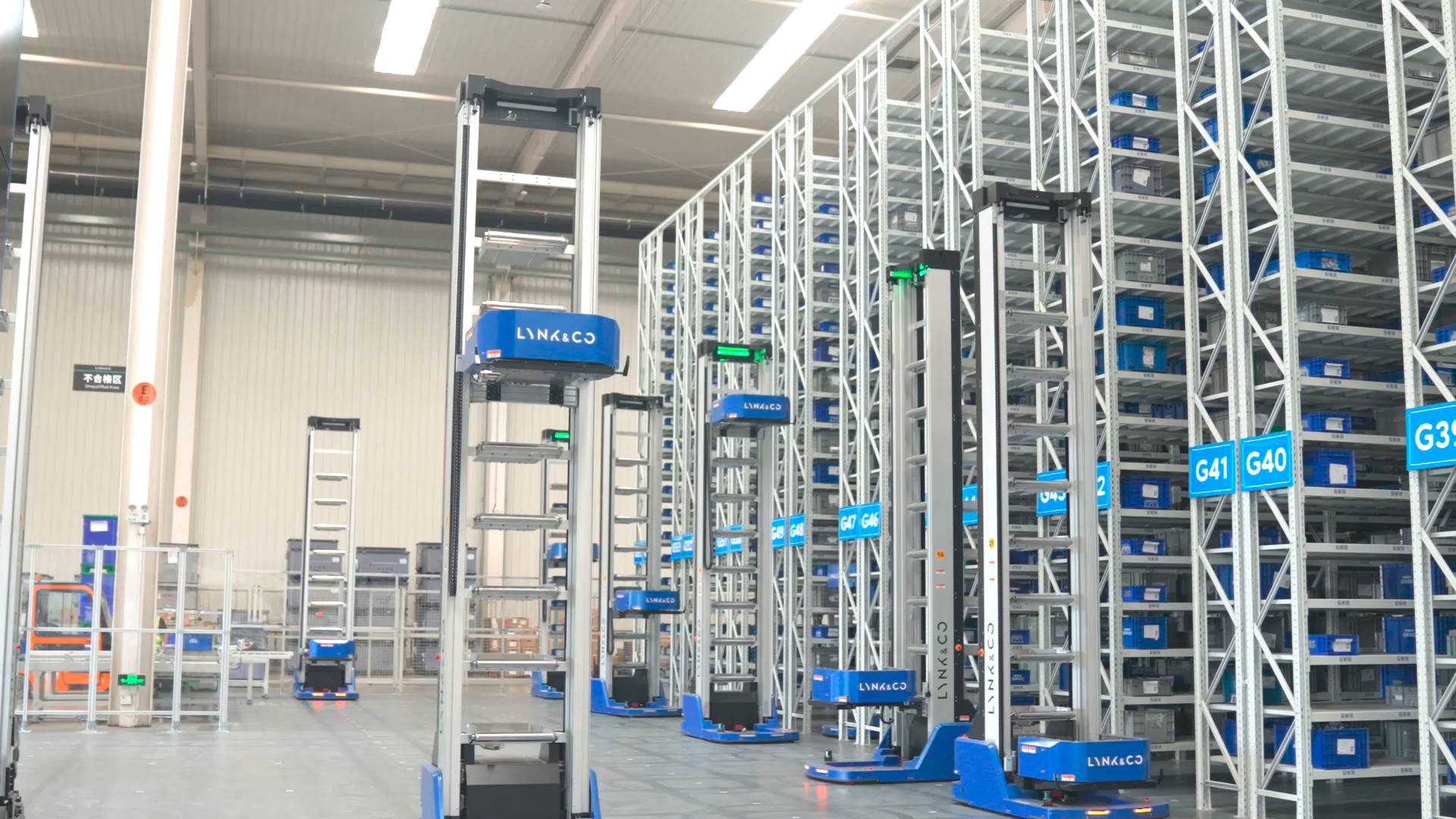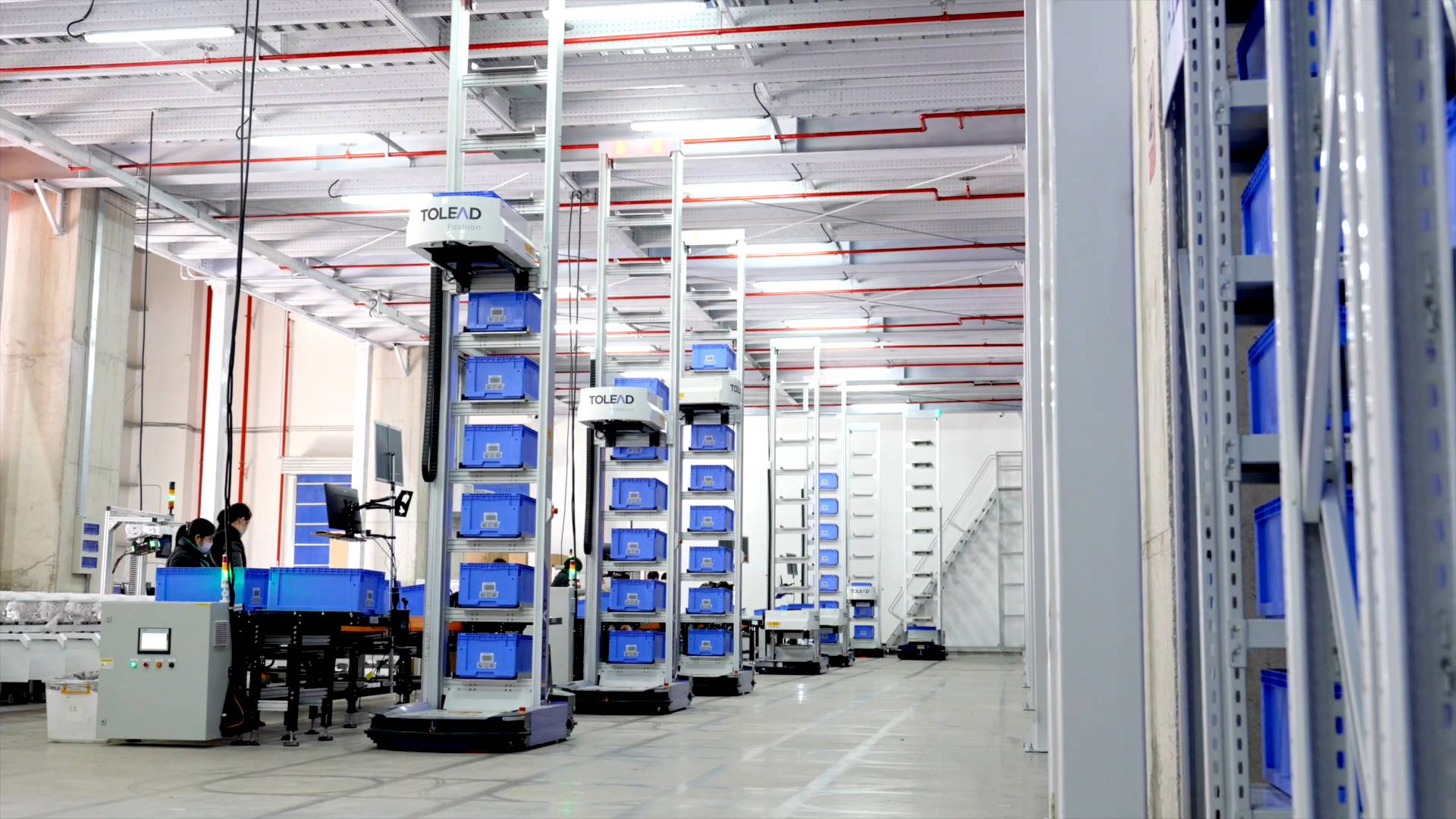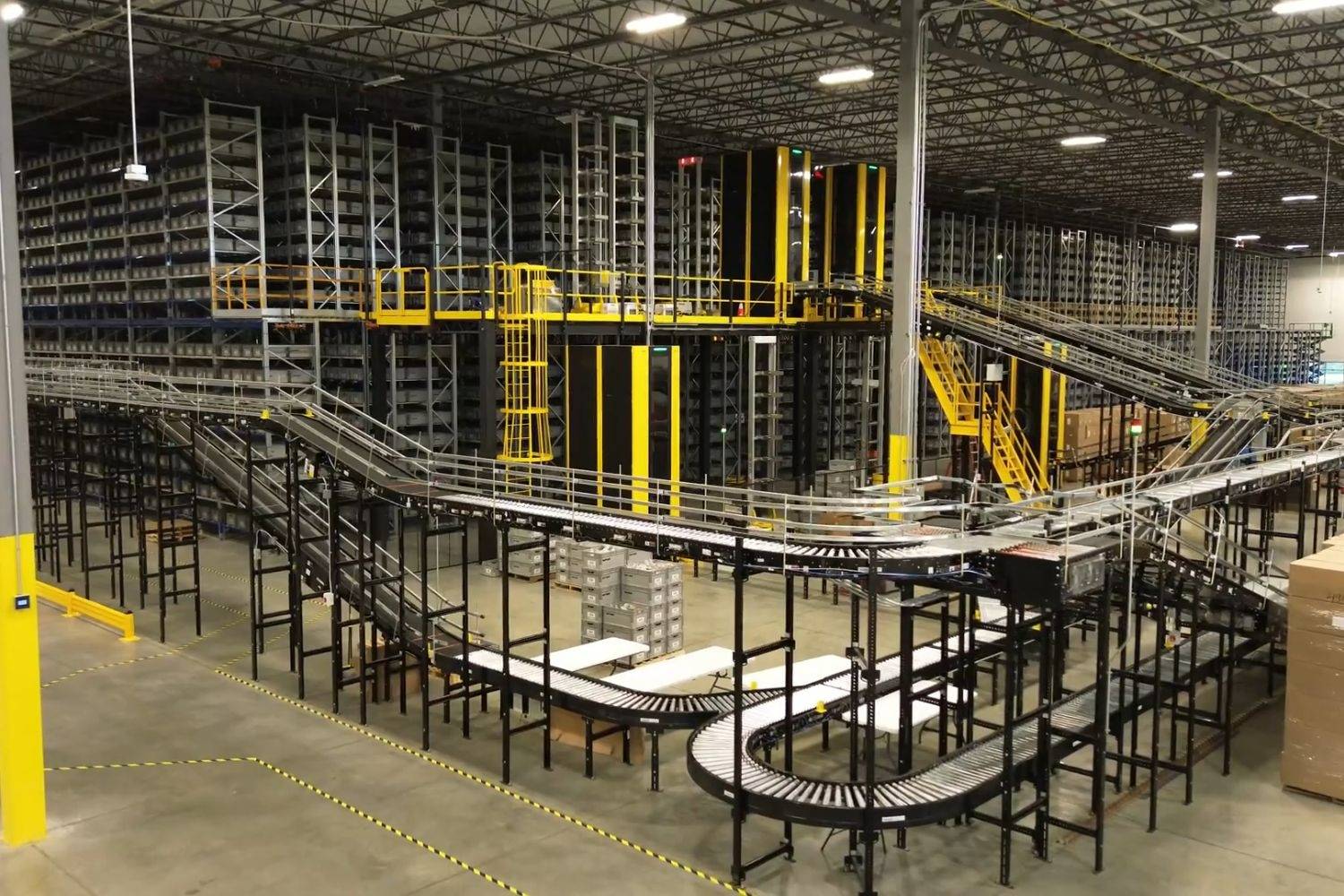A Guide to Implementing Warehouse Robotics for Low-Risk Warehouse Automation
Learn how to implement warehouse robotics with a modular, low-risk approach. Discover the phased steps toward scalable, smart warehouse automation.
Picture a warehouse at full capacity. Aisles are packed, workers are racing against time, and every order picked feels like a small victory. Efficiency depends on every movement, yet space is limited, and labor resources are stretched thin.
For many logistics operators, this is the turning point: the moment they start viewing automation not as a distant goal but as an immediate necessity.
The challenge, however, lies in how to begin. Full-scale automation can seem daunting, costly, and difficult to manage. The good news is that warehouse robotics no longer requires an all-or-nothing leap. A modular and phased approach allows businesses to start small, learn fast, and expand with confidence, achieving measurable ROI at each stage.
This guide provides a practical, low-risk path to implementing warehouse robotics, from pilot deployment to hybrid automation, and eventually to full integration into smart, data-driven operations.
The 3 Steps to Start Automation Without Risk
Step 1. Begin with a Focused Pilot
Every successful automation journey starts small. A pilot project allows you to test technology in real working conditions and ensure it fits your space, workflows, and business goals before making a larger investment.
A well-defined pilot should aim to:
-
Address one high-impact operational bottleneck, such as case picking or replenishment.
-
Measure clear performance metrics, including throughput, accuracy, and space utilization.
-
Test integration with existing Warehouse Management Systems (WMS).
Starting small minimizes risk while generating valuable performance data to support future expansion.
Real-World Example In one automotive warehouse, Geely first introduced a small number of HaiPick Automated Case-handling Mobile Robots (ACRs) as a pilot program to validate system performance and integration with existing workflows. After the pilot proved successful, the deployment was scaled up to 31 robots to support full-scale operations. This gradual approach allowed the team to confirm results, minimize disruption, and establish a clear roadmap for long-term automation.

Why the pilot phase matters
-
Lower initial cost and faster time to value.
-
Real-world learning without major disruption.
-
Reliable ROI data to guide the next phase.
Step 2. Expand Gradually Through Hybrid Automation
Once the pilot delivers results, the next step is scaling. Instead of replacing everything at once, expand automation into the areas where it creates the most value.
Hybrid automation combines robotic and manual workflows in a coordinated system. For example, robots can handle high-frequency storage and retrieval while manual operators focus on exception handling or bulky SKUs. This balance increases throughput and accuracy without sacrificing flexibility.
Practical advantages
-
Incremental investment aligned with business growth.
-
Proven scalability without reconstructing warehouse layout.
-
Ability to fine-tune workflows as automation extends.
Real-World Example A global third-party logistics provider, TOLEAD, built a semi-automated warehouse that integrates robotic and manual zones. The ground floor operates as an automated area powered by HaiPick ACRs, while the upper floor supports manual picking. This hybrid configuration meets diverse operational needs by combining high-frequency automated picking with flexible manual processing, enabling the company to scale automation gradually without disrupting existing workflows.

Step 3. Move Toward Full Integration
After achieving consistent results from hybrid operations, the final step is full integration. This is when systems, data, and equipment connect to form a unified automation ecosystem.
Full integration means that robots, warehouse management systems, and control software operate as a single intelligent network. This enables real-time visibility across the facility, dynamic order allocation, and data-driven optimization of every process.
Full integration normally does not require rebuilding the warehouse. HaiPick Systems are designed to operate alongside existing racks, conveyors, and workstations, and to handle multiple storage types and tote sizes within the same footprint. This allows the system to integrate with WMS and Warehouse Control System (WCS) interfaces for centralized coordination across storage, picking, and replenishment workflows without major reconstruction of your facility.
Results at full integration
-
Higher storage density and better use of space.
-
Real-time coordination across inbound and outbound operations.
-
Minimal manual intervention with consistent 24/7 performance.
Real-World Example Boot Barn deployed a fully integrated HaiPick System 1 at its Kansas City facility. The system combines automated storage and retrieval with software integration, enabling the customer to manage inventory while Hai Robotics’ HAIQ system executes tasks automatically. Each order requires only a single manual touch, and overall efficiency has increased 2.5 times, supporting the throughput and capacity needed for more than 400 stores nationwide.

Together, these three steps form a low-risk roadmap to warehouse automation, from pilot testing to full integration, building a strong foundation for continuous improvement and long-term success.
Why a Modular and Phased Approach Works
Traditional automation projects often follow a single large-scale model that demands heavy investment and lengthy implementation. In fast-moving industries, this approach carries high risk and low flexibility.
A modular approach builds automation step by step. Each phase stands independently and delivers operational improvement and measurable ROI before the next stage begins.
Key benefits include:
-
Lower risk. Start with a limited scale and expand only after success is proven.
-
Business continuity. Keep daily operations running during deployment.
-
Flexible budgeting. Spread investment across multiple stages to match business growth.
-
Future scalability. Each phase contributes to a broader, long-term automation strategy.
This gradual model also helps teams adapt culturally. Operators learn to collaborate with robots, refine workflows, and embrace data-based decision-making before full automation takes hold.
Building an Automation Roadmap
A phased deployment should still follow a clear roadmap that aligns with business objectives and measurable targets.
When planning your warehouse robotics implementation, consider these questions:
-
Which processes create the biggest bottlenecks today? Start automation where the impact will be most immediate.
-
How well can your existing systems integrate? Choose solutions that connect with your current WMS or ERP rather than replace them.
-
What is the expected payback period? Define ROI goals for each phase to keep investment disciplined.
-
How will success be measured? Establish KPIs such as picks per hour, storage density, and order lead time before deployment.
A thoughtful roadmap ensures that each automation phase contributes to a cohesive, long-term transformation rather than a set of isolated upgrades.
Evolving Your Warehouse with Automation
Implementing warehouse robotics is not about replacing everything overnight. It is about evolving methodically and with confidence.
A modular and phased approach turns automation from a high-risk leap into a series of measurable improvements. Each step delivers immediate value and builds the foundation for scalable, data-driven operations. As warehouses continue to face growing SKU complexity, labor challenges, and rising customer expectations, this step-by-step strategy ensures that automation enhances both flexibility and efficiency.
The most successful warehouses are not the ones that automated first, but the ones that automated right.
How Automation Providers Support Your Warehouse
A successful phased automation strategy relies on flexible, interoperable technology. Automation providers like Hai Robotics that design scalable hardware and software can help minimize lock-in and adapt to evolving business needs.
Hai Robotics exemplifies this approach across industries such as apparel, e-commerce, retail, 3PL, and manufacturing. Our solutions are modular, enabling customers to automate at their own pace, whether starting with a pilot zone, implementing a hybrid system, or rolling out a fully integrated operation.
By emphasizing adaptable architecture and seamless system integration, Hai Robotics helps warehouses transition from manual processes to intelligent operations while maintaining productivity throughout the journey.
Ready to explore how modular warehouse automation can work for your operations? Contact us to discuss your phased automation strategy with our experts.

